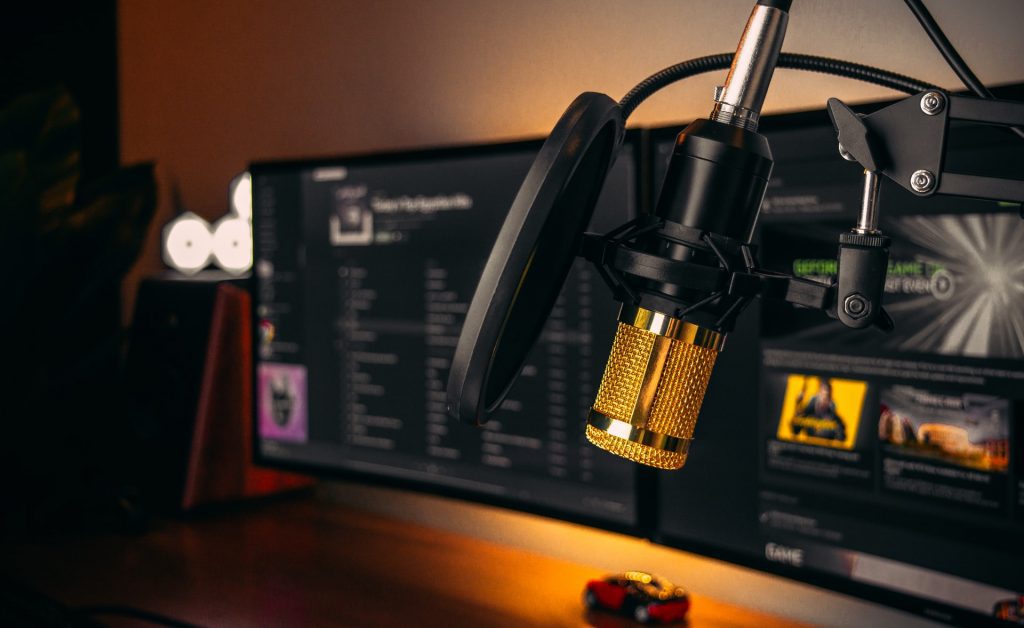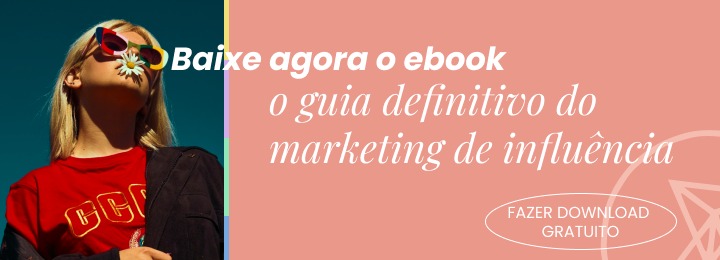
The podcast is here to stay. Increasingly embraced by well-known figures and professional media, this type of content is making the leap to anonymous individuals and also to large brands and agencies seeking to generate engagement in a non-invasive and qualitative way.
Who said that radio was an endangered medium? Like others, the audio-only format has evolved, transforming and adapting to new user needs. According to a study conducted by the specialised platform Discovery Pods, 82.4% of podcast fans listen more than seven hours a week and 59% say they spend more time listening to podcasts than on social networks.
A podcast can accompany the user on a journey, while commuting or travelling to the other side of the world, while working or doing some kind of chores, or simply in their free time. And this is also useful for brands, especially because it is sought-after content that is consumed with a very high degree of interest, something that is in short supply in the age of the attention economy and dual screens.
Whether creating a podcast as branded content or simply advertising on one, companies can benefit from this rising trend. What’s more, 55.6% of respondents say they have purchased a product after hearing about it on a podcast.
This type of content can be found on multiple platforms, notably Spotify and Audible (Amazon), with paid, freemium or free formats. All of them offer content of all types and topics, creating the possibility of reaching more general or specific targets.
According to Statista data, in 2019, the top 5 podcasts with the highest revenue were, at an international level: The Joe Rogan Experience, hosted by Joe Rogan himself, comedian and former athlete, My Favorite Murder, belonging to the popular True Crime theme, The Dave Ramsey Show, a Morning Daily Show, Armchair Expert, hosted by actor Dax Shepard, a talk show with a touch of comedy, and The Bill Simmons Podcast, with content focused on basketball.

Why is it important to consider the podcast when creating a digital marketing strategy?
Podcasts are considered, according to a Comscore study, to be the least intrusive form of digital advertising. They also have the ability to forge a greater sense of intimacy between the presenter and the listener, and this intimacy creates a feeling of trust.
Approximately 80% of listeners have reacted to hearing announcements introduced by a podcast host, whether it be researching a product or service, connecting with a brand on social media, discussing it with a friend or making a purchase.
Listeners are also more receptive when listening to podcasts because this type of content captures attention in a way that other media cannot.
As noted above, many consumers play podcasts in the background while multitasking, but still absorb the information. “60% of our audience says they tune in to podcasts for education,” Spotify reports, “and two out of three podcast listeners give them their full attention.
Different ways to advertise on a podcast:
- Pre-Roll: this is the announcement that appears at the beginning of a show. It is usually announced by the presenter or another voice, and it makes it known that the episode or podcast is sponsored by a specific brand.
- Mid-Roll: once the first half of the podcast has finished, approximately, there is an intermission in which the presenters introduce announcements, take a break or simply take a moment to thank the sponsors for their collaboration with the podcast.
- Post-Roll: at the end of the episode, or at the end of each episode if it is always the same sponsor, during the farewell they take the opportunity to thank the sponsor for their support.
This is not the only way to create announcements or sponsorships within a podcast, there are several different styles of announcements including the following:
- Announcements narrated by the host of the podcast: when it is the hosts and/or regular contributors to the podcast themselves who carry out the announcement, a sense of credibility and trust is generated.
These types of announcements are close to the “shout-out” or endorsement of a brand by a public figure. They can be scripted or completely improvised by the presenter and always follow the dynamics of the podcast in a natural way.
- Hybrid or produced commercials: this type of commercials are introduced as a wedge within the show, and are often given a lead in advance. They tend to attract attention because they are accompanied by music or sound effects and are usually narrated by a voice other than that of the presenter/presenters.
- Branded Podcasts: nowadays, the best way to generate content on various platforms is through sponsored content. The fact that a brand itself, without being invasive, generates interesting content or that content is generated with the excuse of being sponsored is successful, as it does not force an advert on the audience and it is interesting content regardless of whether it is sponsored or not.
This type of sponsorship goes beyond a simple thank you from the presenters. The brand can be the creator, with the contributors belonging to the brand or simply by embedding the content within their other networks or domains, clearly showing, thanks also to the style, that they are the owners of the content.
We can help you
Today there are many types of native advertising, branded content and digital marketing elements adapted to different social platforms, reaching audiences in a less intrusive, more organic and honest way.
At Samy we are experts in 360 solutions for your brand. If you have any questions or curiosity about how we can help you, don’t hesitate to contact us.



